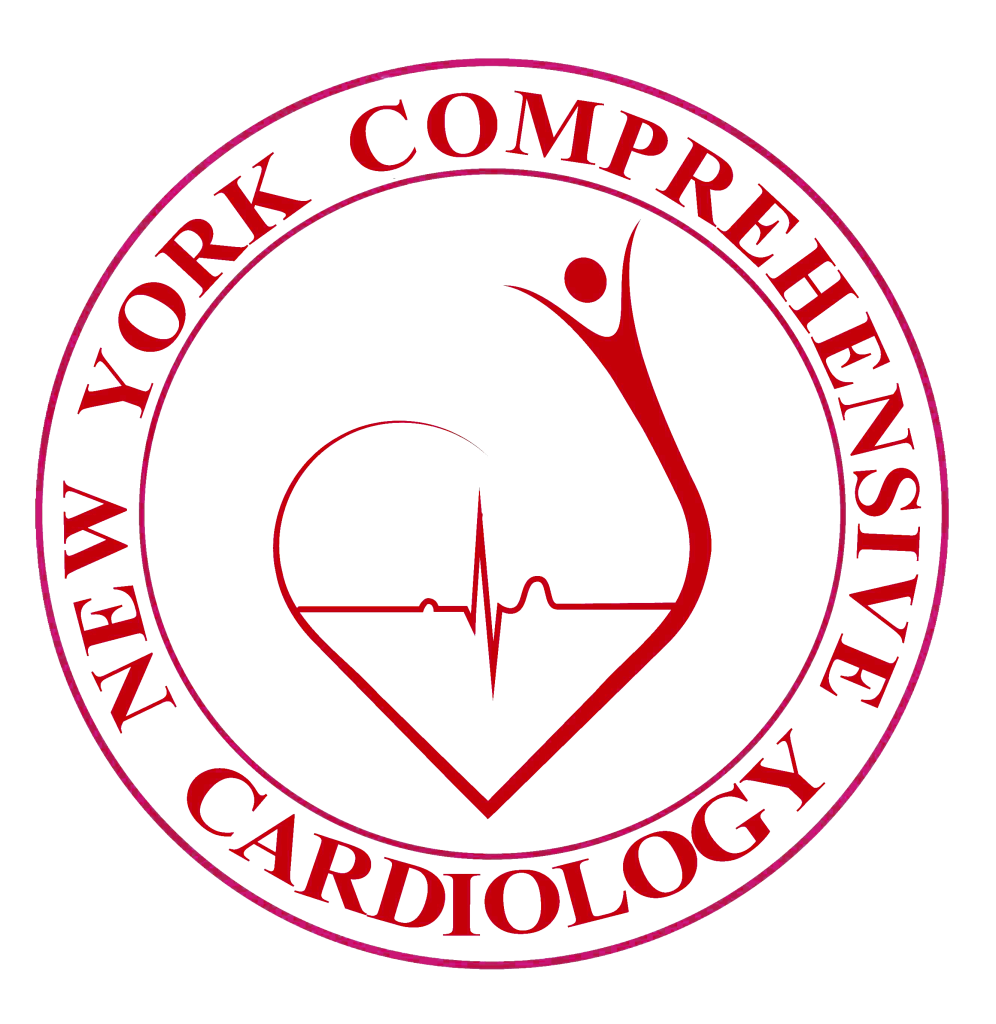At NYCC we see the power of healthy diet and lifestyle in improving and preventing chronic disease. Our doctors and dietitian work closely with patients to help them make realistic changes in their diet and activity patterns. Here are some tips to control blood sugar and improve your diabetes.
| Please note: While these suggestions are generally safe, keep in mind that everyone’s health situation is unique. Always consult with your primary care physician before making changes to current dietary intake and/or lifestyle. While making dietary changes and losing weight can improve your diabetes, it is important to keep taking your medications as prescribed. For all cases of diabetes, but especially when taking insulin, it is important to work closely with your provider to ensure your diet is appropriate for your insulin regimen. Visiting a registered dietitian can also help you fine tune your diet to control your blood sugar and prevent the health problems associated with uncontrolled diabetes. |


